Best Soil for Indoor Plants: How to Choose and Prepare the Right Potting Mix for Your Plants
Ever wondered why some indoor plants thrive while others barely survive? It all boils down to one crucial factor: soil. Yes, the foundation beneath those lush green leaves matters more than you might think. But fear not, fellow plant enthusiasts! In this guide, we’ll unravel the mystery of finding the perfect potting mix for your indoor garden. From understanding the needs of different plant species to mastering the art of soil preparation, we’ve got you covered. So, whether you’re a seasoned green thumb or just dipping your toes into the world of indoor gardening, buckle up! We’re about to embark on a journey to plant paradise. Let’s dig in and unearth the secrets to flourishing indoor flora.
Table of Contents
The Importance of Choosing the Right Soil for Indoor Plants
When it comes to indoor plants, choosing the right soil is of utmost importance. The soil provides the foundation for your plants’ growth and development, and plays a crucial role in their overall health and vitality. It is essential to select a soil type that meets the specific needs of your indoor plants in order to optimize their growth and ensure their longevity.

- Moisture Retention and Drainage: Different indoor plants have varied moisture requirements. Opt for soil that strikes a balance between retaining moisture and providing proper drainage to prevent waterlogging and root rot .
- pH Level: The pH level of the soil is critical as it influences nutrient availability and plant vitality. Most indoor plants thrive in slightly acidic to neutral pH levels. Select soil that aligns with your plants’ specific pH preferences for optimal growth.
- Overall Health and Well-being: Choosing the right soil is paramount for the health of your indoor plants. Factors like moisture retention, drainage, and pH level directly impact their overall well-being. By selecting soil that meets these criteria, you can create an ideal growing environment and ensure your plants thrive.
- Understanding Plant Needs: To provide the best care for your indoor plants, it’s essential to understand their individual needs. Tailoring your soil selection to match the requirements of your plants sets them up for success and promotes robust growth and vitality.
By understanding the needs of your plants and selecting the appropriate soil, you can provide them with the ideal growing environment and set them up for success.
Understanding the Needs of Your Indoor Plants
Indoor plants bring a vibrant touch of nature into your home, but to ensure their health and vitality, it is crucial to understand their specific needs. Each indoor plant species has its own unique requirements, ranging from lighting and humidity levels to watering frequency and soil type. By familiarizing yourself with the needs of your indoor plants, you can provide them with the optimal conditions for growth and ensure their long-term success.
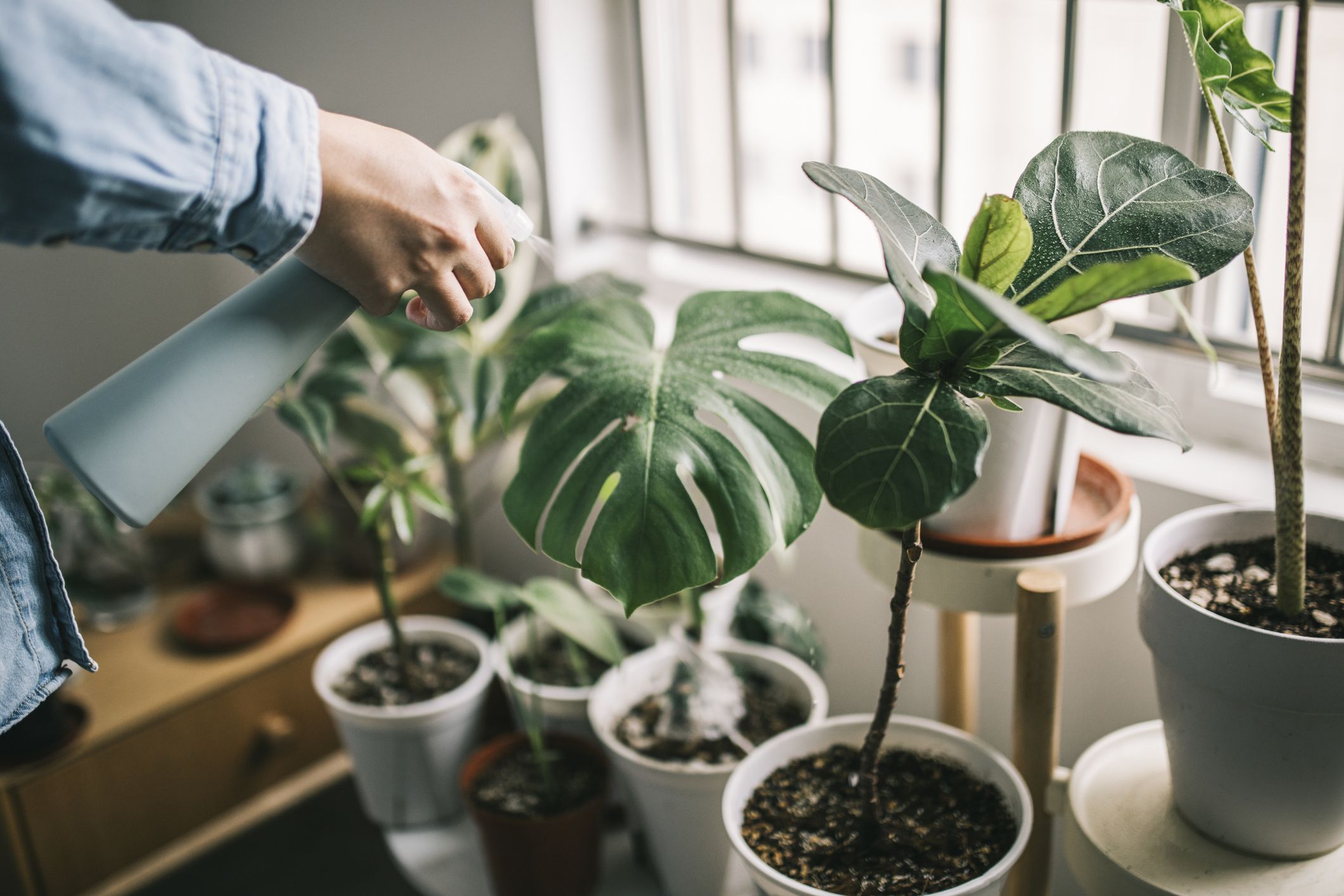
- Natural Sunlight:
- Sunlight is crucial for plants because it fuels photosynthesis, where chloroplasts convert light energy into chemical energy.
- Different plants have varying levels of chloroplasts, allowing them to adapt to available light.
- Position your plants to mimic their natural habitat as closely as possible.
- Some indoor plants thrive with direct sunlight, including jade, snake plants, and basil.
- Measuring Light:
- Light brightness is measured in units like lumens and lux.
- Lumens measure visible light by a source per unit of time, while lux uses area as the unit of measurement (1 lux = 1 lumen per square meter).
- For most indoor plants, bright, indirect sunlight corresponds to 1000–2000 lux.
- Use a light meter (similar to those used by photographers) to gauge light intensity for your plants.
- Artificial Lighting:
- If natural light is insufficient, consider using grow lights,.
- Customize light intensity and duration based on each plant’s needs.
- Remember that plants also require a period of darkness for proper development.
- Limit artificial light exposure to no more than 16 hours per day, especially when combined with natural light.
In summary, understanding your indoor plants’ lighting requirements and providing the right conditions will lead to healthy growth and a thriving indoor garden!
I recently incorporated Full Spectrum LED Grow Lights into my indoor gardening setup, and the results have been impressive. These lights provided my plants with a balanced spectrum of wavelengths, mimicking natural sunlight and promoting robust growth throughout all stages of development. With their energy-efficient design, I noticed a significant decrease in my electricity bills compared to previous lighting options, making them a cost-effective choice in the long run.
Moreover, the customizable spectrum settings allowed me to tailor the lighting to suit the specific needs of different plant varieties. While the initial investment was slightly higher than traditional lighting options, the longevity of LED bulbs and their low heat emission made them a worthwhile investment. Overall, Full Spectrum LED Grow Lights have transformed my indoor gardening experience, providing optimal conditions for healthy plant growth while minimizing energy consumption and maintenance requirements.
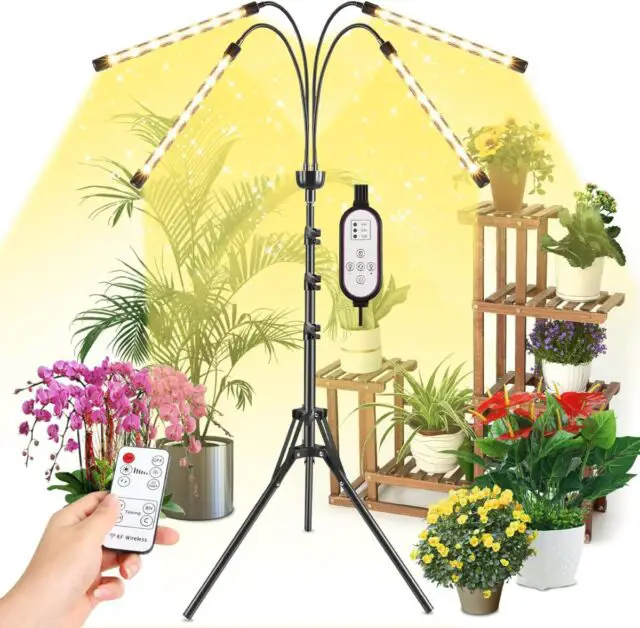
✅ Energy Efficiency: LED technology consumes less energy compared to traditional lighting, reducing electricity bills and environmental impact.
✅ Longevity: LED bulbs have a longer lifespan, saving money on replacements and maintenance costs in the long run.
✅ Customizable Spectrum: Some models offer adjustable spectrum settings, allowing growers to tailor the light to specific plant needs.
✅ Low Heat Emission: LED lights produce minimal heat, preventing damage to plants and reducing the risk of fire hazards.
✅ Space-Saving Design: Compact and lightweight, these lights are suitable for indoor gardening setups of various sizes.
✅ Reduced Risk of Pests and Diseases: Full spectrum LED lights promote strong plant growth, which can help plants resist pests and diseases more effectively.
❌ Light Intensity: Some inexpensive LED models may lack sufficient intensity for certain plants, requiring closer placement or additional fixtures.
❌ Limited Coverage Area: Depending on the model and wattage, LED grow lights may have a limited coverage area, necessitating the use of multiple fixtures for larger gardens.
❌ Quality Variability: Not all LED grow lights are created equal; quality and performance can vary between brands and models, so thorough research is essential.
❌ Potential Light Spectrum Gaps: Cheaper LED lights may not provide a complete spectrum, potentially affecting plant growth and development.
❌ Heat Management: While LED lights emit less heat overall, proper ventilation and heat dissipation mechanisms are still necessary to prevent overheating in enclosed spaces.
❌ Compatibility Issues: Certain plants may require specific light spectrums or intensity levels not fully met by standard LED grow lights, necessitating additional equipment or adjustments.
Identifying the Different Types of Potting Mixes
Potting mixes play a crucial role in the success of indoor plants. Each type of potting mix has its own unique characteristics and benefits, catering to different plant needs and growing conditions. Understanding the different types of potting mixes available can help you make an informed decision for your indoor plants.
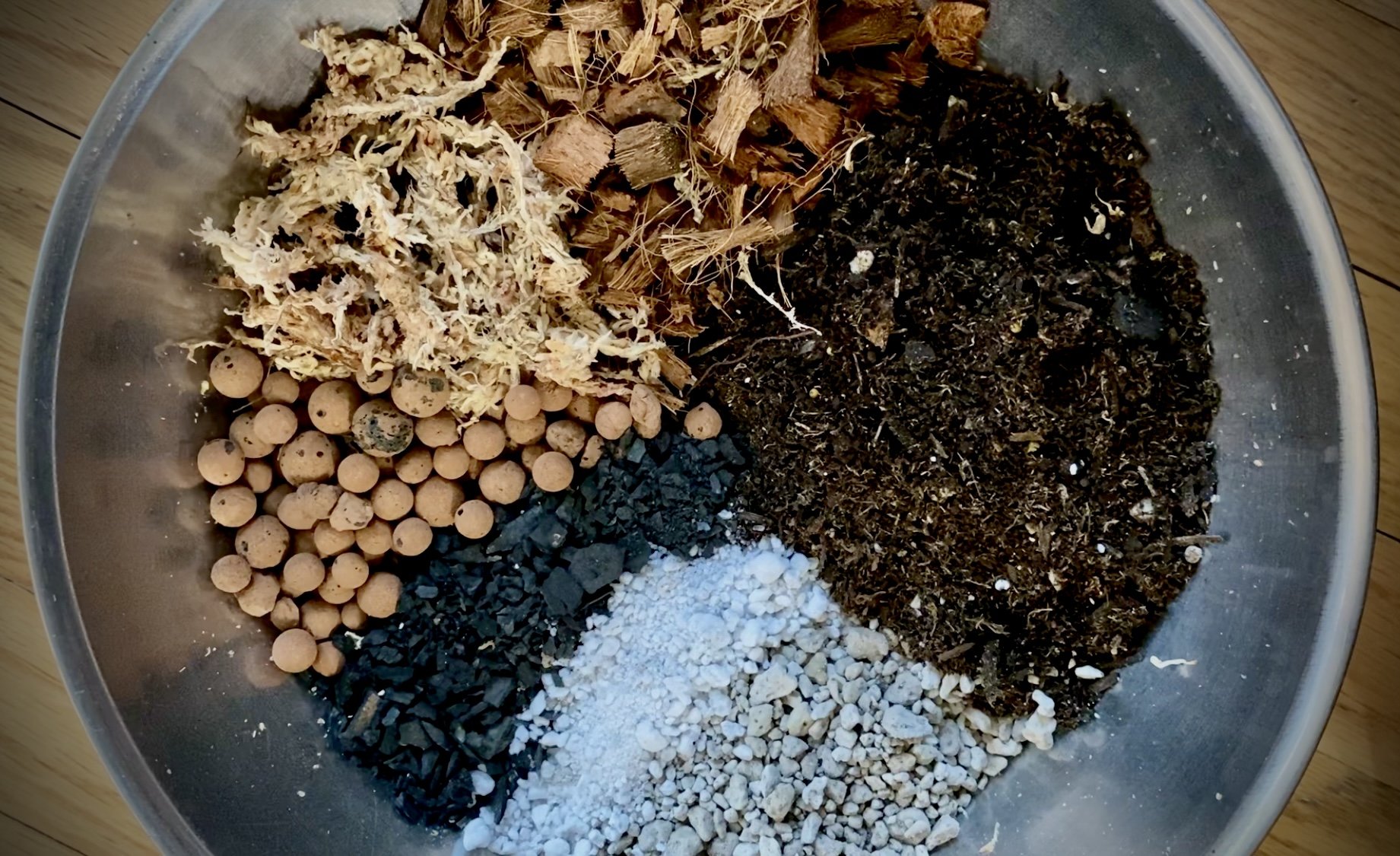
- Soil-Based Mix: Comprising garden soil, compost, and sand, this potting mix mimics a natural soil environment, ideal for plants preferring well-draining conditions.
- Benefits: Offers stability, nutrient retention, and fosters healthy root growth due to its natural composition.
- Considerations: Not universally suitable for all indoor plants, particularly those needing lighter, aerated mediums.
- Customization: Tailor your potting mix selection to match the specific needs of your indoor plants, ensuring optimal growing conditions for each species.
Identifying Different Types of Potting Mixes
| Potting Mix Type | Composition and Characteristics | Suitable Plants |
|---|---|---|
| 1. All-Purpose Mix | – Well-balanced blend of peat moss, vermiculite, and perlite. | – Ideal for a wide range of plants, including flowers and herbs. |
| – Good water retention and aeration properties. | – Suitable for indoor and outdoor container gardening. | |
| – Contains essential nutrients for initial plant growth. | ||
| 2. Cactus Mix | – Contains sand, perlite, or pumice for excellent drainage. | – Suited for cacti, succulents, and other drought-tolerant plants. |
| – Low organic matter content to prevent water retention. | – Prevents root rot in plants that prefer drier conditions. | |
| – Provides a well-draining medium for arid-loving species. | ||
| 3. Orchid Mix | – Typically bark-based with added perlite or coconut coir. | – Designed for epiphytic orchids that require good aeration. |
| – Promotes airflow around orchid roots. | – Suitable for orchids like Phalaenopsis and Cattleya. | |
| – Allows for proper drainage and prevents waterlogging. | ||
| 4. Seed Starting Mix | – Fine-textured mix with peat moss, vermiculite, and perlite. | – Ideal for germinating seeds and starting seedlings. |
| – Provides a lightweight and sterile environment for seeds. | – Supports healthy root development in young plants. | |
| – Free from pathogens that may harm delicate seedlings. | ||
| 5. Raised Bed Mix | – Blend of topsoil, compost, and organic matter. | – Suitable for raised beds and container gardening. |
| – Rich in nutrients to support plant growth. | – Provides good drainage and aeration in elevated settings. | |
| – Helps improve soil structure in garden beds. | ||
| 6. Acidic Mix | – Contains peat moss, pine bark, and perlite. | – Designed for acid-loving plants like azaleas and blueberries. |
| – Lowers soil pH for plants that thrive in acidic conditions. | – Provides good aeration and water retention for acid-loving species. | |
| – Suitable for container gardening with acid-loving plants. |
Note: Always consider the specific needs of your plants and adjust or combine potting mixes accordingly. Regularly assess the condition of the mix and repot plants as needed for optimal growth.
Considering Drainage and Moisture Retention in Soil
Proper drainage and moisture retention are crucial factors to consider when selecting soil for your indoor plants. As a gardener, it is essential to understand the significance of these factors in order to foster optimal growth and health for your plants.

- Drainage:
- Importance: Proper drainage prevents water accumulation around plant roots, reducing the risk of root rot.
- Components for Well-Draining Soil:
- Organic Matter: Include compost or peat moss in the soil mix.
- Inorganic Materials: Add perlite or vermiculite to create air pockets.
- Result: Well-draining soil facilitates oxygen flow and nutrient absorption by the roots.
- Moisture Retention:
- Significance: Indoor environments can have varying humidity levels.
- Balancing Act:
- Excess Water: Ensure excess water drains away.
- Optimal Moisture: Retain enough moisture for plant needs.
- Soil Amendments:
- Vermiculite: A mineral-based amendment with excellent moisture retention properties.
- Organic Matter: Compost or peat moss also improve moisture retention.
By carefully considering drainage and moisture retention when selecting soil for your indoor plants, you can create an environment that promotes healthy root development and enables your plants to thrive. Remember, striking the right balance is key; a soil mix that drains well yet retains adequate moisture will contribute to the overall well-being of your indoor plants.
Evaluating pH Levels in Potting Mixes
Maintaining the correct pH levels in potting mixes is crucial for the healthy growth and development of indoor plants. The pH level determines the acidity or alkalinity of the soil, which directly affects the availability of nutrients to the plants. To evaluate the pH levels in potting mixes, it is essential to understand the optimum pH range for different types of plants.
Exploring the Role of Organic Matter in Indoor Plant Soil
Organic matter plays a crucial role in the health and vitality of indoor plant soil. It provides numerous benefits that contribute to plant growth and overall soil quality. One of the key roles of organic matter is its ability to improve soil structure. It helps create a well-draining soil that allows air and water to penetrate effectively, preventing waterlogged conditions that can lead to root rot.
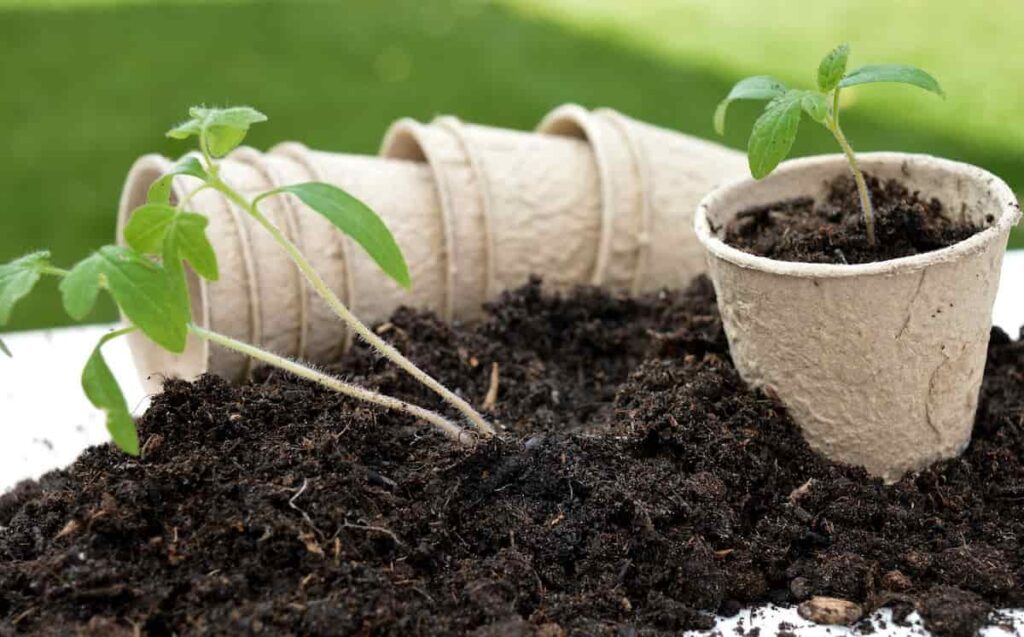
- Moisture Retention:
- Sponge Effect: Organic matter acts like a sponge, absorbing water and gradually releasing it to plant roots.
- Benefit: In indoor environments, where watering consistency can be challenging, this ensures a steady supply of moisture.
- Risk Reduction: It helps prevent both under- and overwatering.
- Nutrient Enrichment:
- Decomposition: As organic matter decomposes, it releases essential nutrients .
- Key Nutrients:
- Nitrogen: Vital for leaf growth and overall plant health.
- Phosphorus: Supports root development and flowering.
- Potassium: Aids in overall plant vigor and stress resistance.
- Overall Role:
- Soil Structure: Organic matter improves soil structure, allowing for better aeration and root penetration.
- Holistic Health: It creates an optimal environment for indoor plants to thrive.
Remember to choose potting mixes or soil amendments that include high-quality organic matter to support your indoor plants’ well-being! 🌱🌿
Examining the Benefits of Using Peat Moss in Potting Mixes
Peat moss is a popular component of potting mixes for indoor plants and provides numerous benefits.
:strip_icc()/Peat-Moss-2-83eb6d562b6e43a68e77e359db7dba33.jpg)
- Moisture Retention: Peat moss’s ability to retain moisture is a boon for plant health, providing consistent hydration to roots and reducing the risk of overwatering.
- Improved Aeration: Its fibrous structure fosters air circulation within potting mixes, promoting healthy root development and preventing waterlogging and root rot.
- Enriched Soil: Peat moss enriches soil with organic matter and essential nutrients like nitrogen, phosphorus, and potassium as it decomposes, supporting plant growth and vitality.
- pH Optimization: Its acidic nature creates an ideal pH environment for acid-loving plants such as azaleas and hydrangeas, enhancing their growth and flowering.
- Sustainability Considerations: While beneficial, the use of peat moss raises concerns about sustainability and environmental impact due to its extraction from bog ecosystems. Exploring alternatives like coconut coir or compost and adopting sustainable harvesting practices can mitigate these concerns.
Overall, the benefits of using peat moss in potting mixes cannot be overlooked. Its moisture retention abilities, improved aeration, and nutrient enrichment make it a valuable component for nurturing thriving indoor plants. However, it is essential to strike a balance between its advantages and the need for sustainable and eco-friendly gardening practices.
Incorporating Premier Horticulture Peat Moss into my indoor gardening routine has proven to be a game-changer. Its exceptional moisture retention properties have kept my plants hydrated and thriving, even during dry spells. I’ve noticed a significant improvement in the overall health of my indoor plants since using this product, with fewer instances of wilting or drying out.
Furthermore, Premier Peat Moss has helped to enhance the soil structure, promoting better root development and nutrient uptake. My plants seem to be flourishing more than ever, with vibrant foliage and robust growth. Despite some concerns about its environmental impact and slow decomposition rate, the benefits of using Premier Horticulture Peat Moss for my indoor plants have outweighed any drawbacks. Overall, it’s become an essential component of my indoor gardening arsenal, ensuring lush and healthy greenery throughout my home.
- High-Quality Medium: Premier Horticulture Peat Moss is known for its high quality and consistency, providing an excellent growing medium for a variety of plants.
- Moisture Retention: Peat moss has exceptional water retention properties, helping to keep plants hydrated and healthy, especially in drought-prone conditions.
- pH Balancing: It naturally has a slightly acidic pH, making it ideal for acid-loving plants such as blueberries, azaleas, and rhododendrons.
- Soil Structure Improvement: When mixed with soil, peat moss helps to improve soil structure, promoting better root growth and nutrient uptake.
- Weed Control: It can act as a natural weed suppressant when applied as a mulch, reducing the need for chemical weed control methods.
- Organic: Premier Horticulture Peat Moss is organic and free from synthetic additives, making it a preferred choice for environmentally conscious gardeners.
- Versatility: Peat moss can be used for various gardening purposes, including seed starting, potting mixes, and soil amendments.
- Environmental Concerns: Harvesting peat moss can have negative environmental impacts, including habitat destruction and carbon dioxide emissions.
- Slow Decomposition: Peat moss decomposes slowly, which can lead to compaction over time and reduce soil aeration.
- Limited Nutrient Content: While peat moss improves soil structure, it lacks significant nutrient content, requiring supplementation with fertilizers for optimal plant growth.
- Acidity: Its acidic nature may not be suitable for all plants, necessitating pH adjustments for species that prefer neutral or alkaline soil conditions.
- Cost: Premier Horticulture Peat Moss can be relatively expensive compared to other soil amendments, impacting the overall cost of gardening projects.
- Limited Availability: Depending on location, availability of Premier Horticulture Peat Moss may be limited, requiring special ordering or alternative options.
- Waterlogging Risk: Excessive use of peat moss in soil mixes can lead to waterlogging, affecting plant health and root development.
Understanding the Role of Perlite in Indoor Plant Soil
Perlite is a widely used ingredient in indoor plant soil mixes, and for good reason. This lightweight mineral is formed from volcanic glass that expands when heated, creating a porous texture. Its unique properties make it an excellent addition to potting mixes.
- Improved Drainage:
- Porous Structure: Perlite has tiny pores that allow excess water to drain freely.
- Prevents Waterlogging: Proper drainage prevents root rot and other issues.
- Aeration: Perlite also aerates the soil, promoting root respiration.
- Moisture Retention:
- Balanced Release: Perlite holds moisture but releases it gradually to plant roots.
- Steady Supply: Especially useful in indoor environments with varying humidity levels.
By incorporating perlite into your potting mix, you’ll create an optimal soil environment for your indoor plants! 🌱🪴
Exploring the Use of Vermiculite in Potting Mixes
Vermiculite is a widely used component in potting mixes for indoor plants, thanks to its excellent moisture retention properties. This natural mineral, derived from a group of hydrated laminar minerals called mica, is highly porous, allowing it to absorb water and release it slowly over time. As a result, vermiculite helps to maintain the optimal level of moisture in the soil, preventing both under and overwatering.
:max_bytes(150000):strip_icc()/what-is-vermiculite-soil-getty-0323-2000-822f9ee66b1b421f8d470673db697a39.jpg)
- Improved Aeration: Vermiculite’s porous nature creates air pockets within the soil, ensuring proper oxygenation of plant roots, vital for indoor plant growth and well-being.
- Temperature Regulation: Acts as an insulator, helping regulate soil temperature and protect roots from extreme heat or cold, enhancing plant resilience.
- Soil Structure: Its light and fluffy texture prevent soil compaction, providing ample space for root growth and expansion, fostering healthy plants.
- pH Neutrality: Chemically inert, vermiculite has minimal impact on soil pH, making it suitable for a wide range of indoor plants with varying acidity requirements.
- Versatility: Versatile and compatible with various indoor plants, vermiculite is a popular choice among gardeners for its moisture retention, aeration, and soil structure benefits.
- Complementary Use: While effective for moisture regulation, vermiculite should be used alongside other components like organic matter to ensure a balanced and nutrient-rich potting mix for optimal plant growth.
Considering the Importance of Compost in Indoor Plant Soil
Compost plays a crucial role in indoor plant soil, providing a host of benefits that contribute to the overall health and vitality of your plants. Compost is essentially decomposed organic matter, such as kitchen scraps and yard waste, that has broken down into a nutrient-rich substance. When added to potting mixes, compost enriches the soil with essential nutrients, improves its structure, and enhances moisture retention.
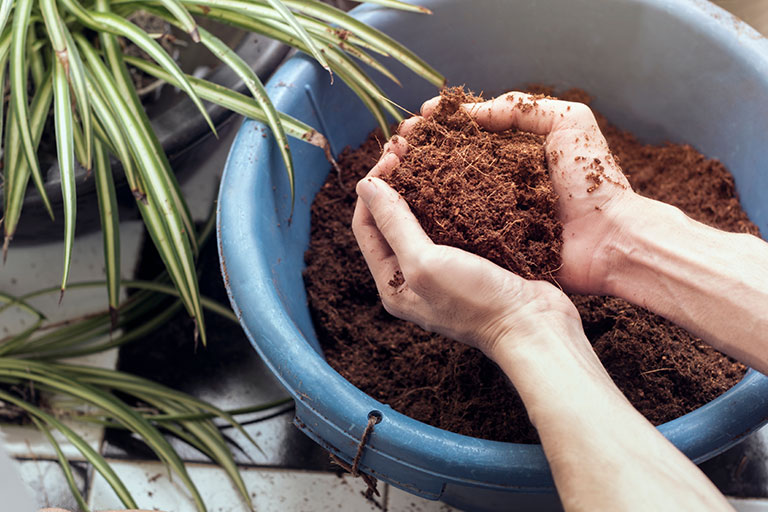
- Steady Nutrient Release: Compost provides a gradual release of nutrients over time, ensuring consistent nourishment for indoor plants compared to quick-leaching synthetic fertilizers.
- Improved Soil Structure: The organic matter in compost enhances soil structure by increasing water-holding capacity and reducing compaction, facilitating efficient water and nutrient absorption by plant roots.
- Promotion of Microbial Activity: Compost fosters beneficial microbial activity, with microorganisms breaking down organic matter to release additional nutrients and create a conducive environment for root growth.
- Protection Against Pathogens: Beneficial bacteria and fungi present in compost help defend plants against harmful pathogens and diseases, establishing a balanced and resilient soil ecosystem.
- Sustainable Soil Amendment: Utilizing compost as a natural soil amendment supports sustainable gardening practices by recycling organic waste and reducing reliance on synthetic inputs.
By incorporating compost into your indoor plant soil, you are giving your plants a significant boost in their growth and overall well-being. Its nutrient-rich composition, enhanced soil structure, and support for beneficial microorganisms make compost an invaluable component of a successful indoor gardening regimen. So, next time you’re considering the soil for your indoor plants, don’t overlook the importance of including compost.
Examining the Role of Sand in Potting Mixes
Sand is a commonly used ingredient in potting mixes and plays a crucial role in promoting optimal plant growth and development.
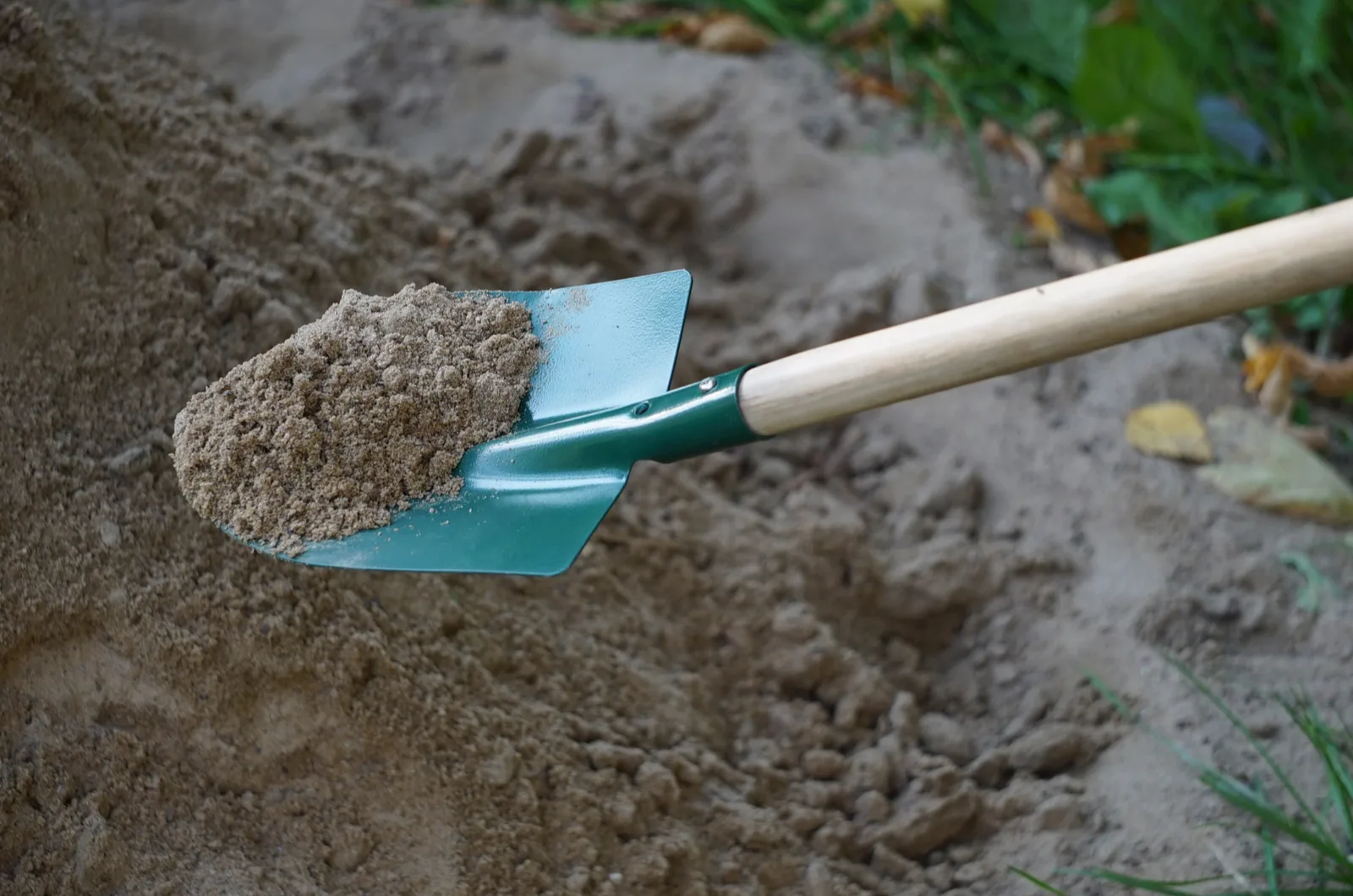
- Improved Drainage: Incorporating sand into potting mixes enhances soil porosity, preventing waterlogging and facilitating excess water drainage, vital for preventing root rot and water-related issues.
- Enhanced Aeration: Sand creates air pockets within the potting mix, promoting root access to oxygen for respiration, essential for nutrient uptake and overall plant health.
- Prevention of Compaction: The presence of sand helps prevent soil compaction, ensuring ample space for root growth and expansion, particularly beneficial for plants requiring loose, well-drained soil.
- Choosing the Right Sand: Horticultural or builder’s sand is recommended over beach sand due to its purity and optimal drainage and aeration properties, ensuring the best outcomes for indoor plant growth.
- Optimal Mixing: Combining sand with other potting mix constituents such as organic matter, peat moss, and perlite in the right proportions creates an ideal growing medium, supporting healthy indoor plant development.
In the following section, we will explore the significance of fertilizers in indoor plant soil, understanding the importance of providing essential nutrients to support plant growth and overall health.
Understanding the Significance of Fertilizers in Indoor Plant Soil
Indoor plants, just like their outdoor counterparts, require the right balance of nutrients to thrive. This is where fertilizers play a crucial role. Fertilizers are formulated to provide essential nutrients that may be lacking in the soil, ensuring healthy growth and vibrant foliage for your indoor plants.
:max_bytes(150000):strip_icc()/how-to-make-your-own-fertilizer-seedling-getty-0423-863852cfbb124963aef9de1757df9972.jpg)
- Essential Nutrients:
- Soil Structure and Fertility:
- Fertilizers enhance soil structure and fertility.
- They improve water retention, promote root aeration, and boost microbial activity.
- Overall, this creates an optimal environment for plant health.
- Plant-Specific Requirements:
- Different plants have varying nutrient needs.
- Choose the right type and dosage of fertilizer based on each plant species.
In addition to essential nutrients, fertilizers can also improve the overall soil structure and fertility. They can enhance the soil’s ability to retain water, promote root aeration, and increase microbial activity.
By incorporating fertilizers into your indoor plant care routine, you can ensure that your plants receive a well-rounded and balanced diet, leading to healthier and more vibrant specimens. However, it is important to note that different plants have different nutrient requirements, so it is crucial to choose the right type and dosage of fertilizer for each specific plant species.
Exploring the Process of Preparing and Sterilizing Potting Mixes.
Preparing and sterilizing potting mixes is a crucial step in ensuring the health and success of your indoor plants. By following proper procedures, you can create an optimal environment for your plants to thrive.

- Materials Needed:
- Clean container
- Potting mix
- Sterilizing agent (e.g., microwave or oven)
- Sterilization Methods:
- Microwave Method:
- Place the potting mix in a microwave-safe container.
- Heat it in the microwave for a few minutes (until it’s thoroughly warm).
- This kills harmful bacteria, fungi, and pests.
- Oven Method:
- Put the potting mix in a covered container.
- Heat it in the oven at a specific temperature (e.g., 180°F or 82°C) for a designated time (about 30 minutes).
- Ensure it cools completely before use.
- Microwave Method:
- Safety Measures:
- Wear gloves and a mask when handling the potting mix to prevent contamination.
By following these steps, you’ll create a pathogen-free potting mix for your indoor plants! 🌱🪴🔬
Watch video for more information:
FAQ
Why is it important to choose the right soil for indoor plants?
Choosing the right soil is important because it provides the necessary nutrients and support for the plants to grow and thrive indoors.
How can I understand the needs of my indoor plants?
Understanding the needs of your indoor plants involves researching and learning about the specific requirements of each plant, such as the amount of light, water, and nutrients they require.
What are the different types of potting mixes?
There are various types of potting mixes available, including those made with peat moss, vermiculite, perlite, compost, and sand, each offering different characteristics and benefits.
Why is drainage and moisture retention important in soil?
Adequate drainage and moisture retention in soil are important to prevent waterlogging or drying out of the plants’ roots, ensuring proper oxygen supply and preventing root rot.
How can I evaluate pH levels in potting mixes?
pH levels in potting mixes can be evaluated using a pH testing kit or by sending a soil sample to a laboratory for analysis.
What is the role of organic matter in indoor plant soil?
Organic matter helps improve soil structure, enhances moisture retention, and provides essential nutrients for the plants’ growth.
What are the benefits of using peat moss in potting mixes?
Peat moss helps retain moisture, improves soil structure, and provides a good base for root development in indoor plants.
How does perlite contribute to indoor plant soil?
Perlite improves soil aeration, ensuring proper oxygen supply to the roots, and helps with drainage by preventing waterlogging.
What is the use of vermiculite in potting mixes?
Vermiculite helps retain moisture in the soil and aids in nutrient retention, promoting healthy plant growth.
Why is compost important in indoor plant soil?
Compost enriches the soil with essential nutrients, improves soil structure, and enhances moisture retention.
How does sand contribute to potting mixes for indoor plants?
Sand improves drainage in soil, preventing waterlogging and providing aeration to the plant roots.
Why are fertilizers significant for indoor plant soil?
Fertilizers provide additional nutrients that may be lacking in the potting mix, promoting healthy growth and preventing nutrient deficiencies in indoor plants.
How can I prepare and sterilize potting mixes?
To prepare and sterilize potting mixes, you can bake the soil in an oven at a specific temperature or use steam sterilization methods to kill any pathogens or weed seeds present in the soil.

Studied Agricultural Engineering-Plant Protection at University of California, Davis.
Head of Content writing team at Southelmontehydroponics.com

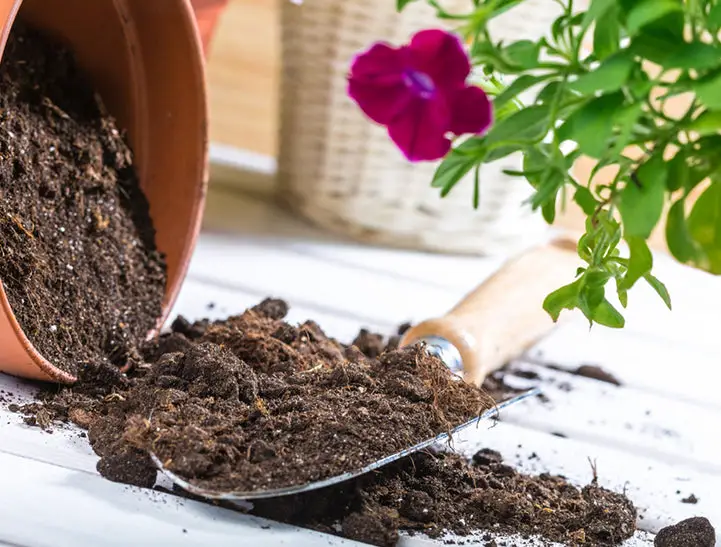


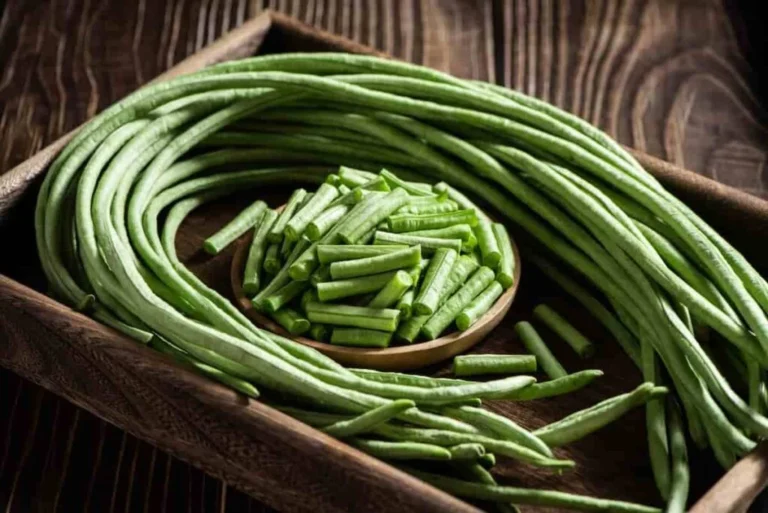
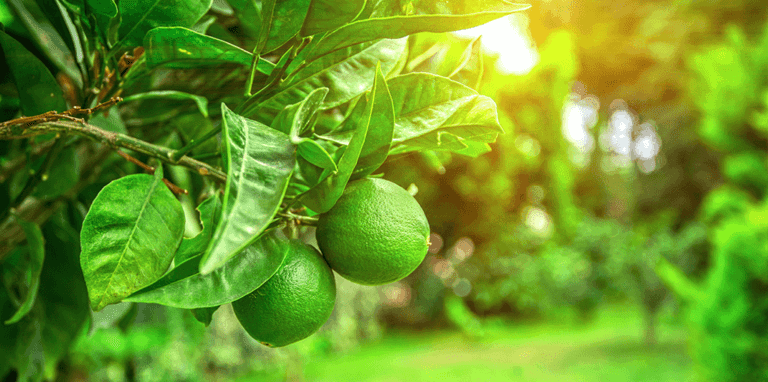
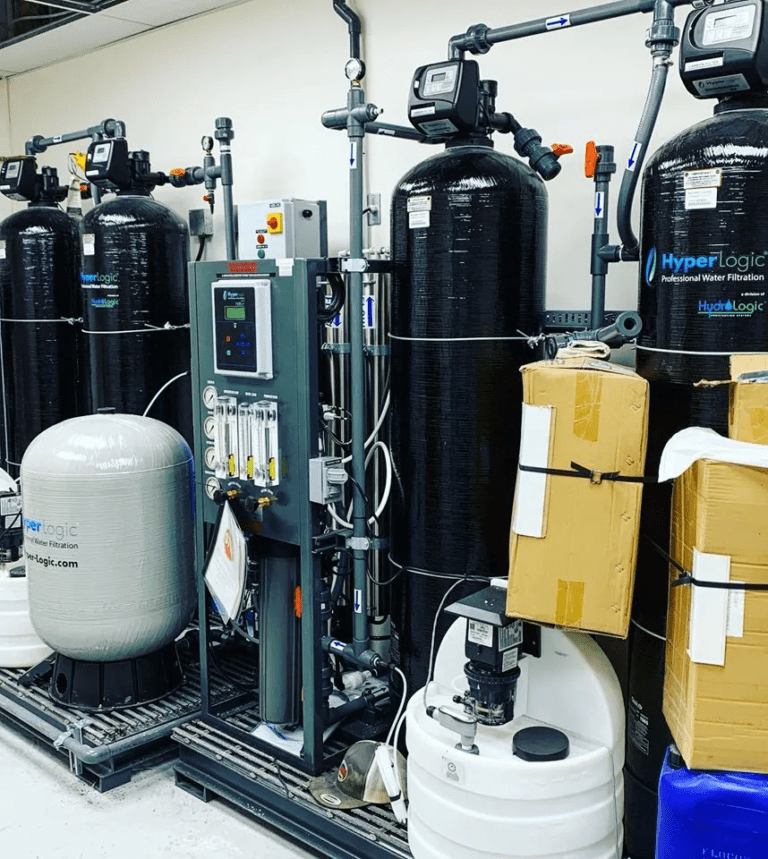
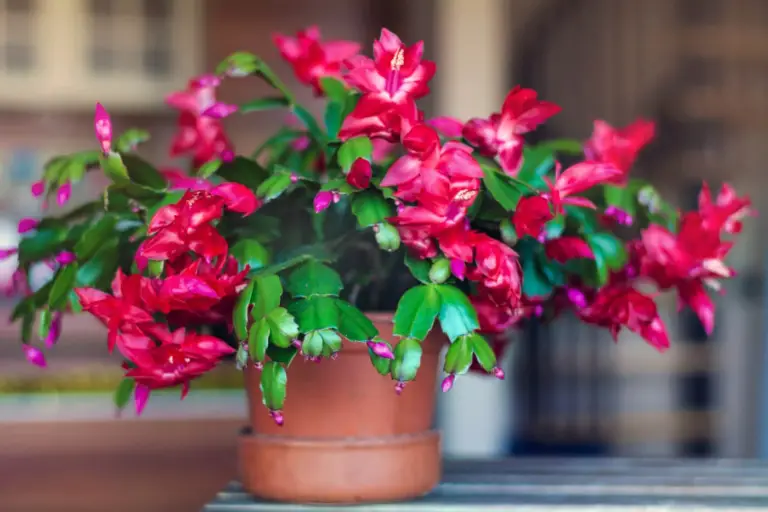
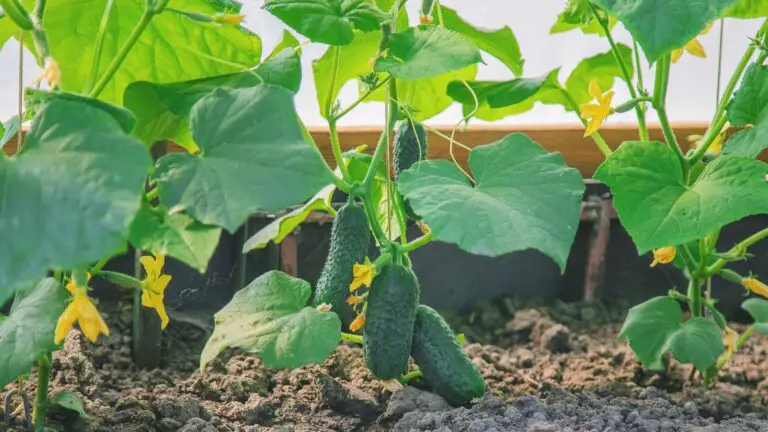

You made some respectable factors there. I looked on the web for the problem and found most people will go along with along with your website.